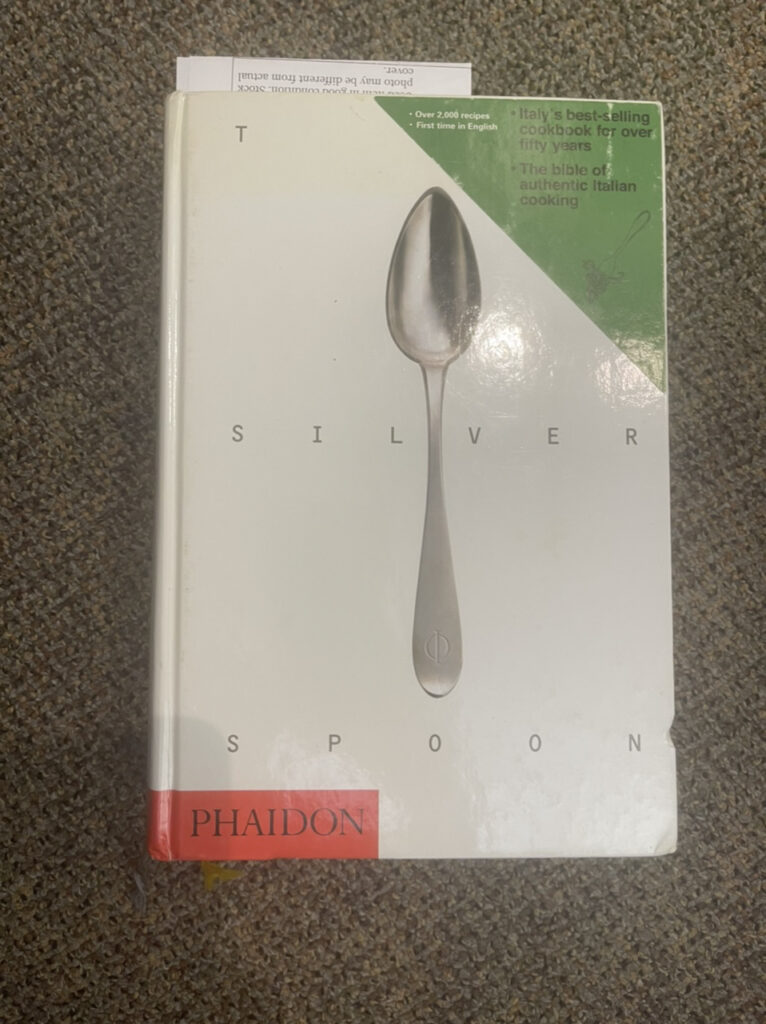“Man does not live by bread alone, he must eat something with it.” Pellegrino Artusi
Italians are self-described as very impatient people. The Italian concept of antipasti (which means “before the meal”) is a fairly modern thing, which is the original starter. Things then relax and this is followed by the pasta course, or i primi piatti, followed by the i secondi piatti, the second plat, of meat or fish, followed by fruit or dessert (i dolci). The old Italian cookbooks have only a short section on appetizers such as cured meats, caviar and mosciame (cured tuna, salt or air-dried) or various crostini topped with capers, chicken livers and sage, or woodcock and anchovies. Around the coast, antipasti would be more seafood, while inlanders would traditionally enjoy cured meats. They were all served with light airy crusts of bread callled “bruscheetta,” which is often topped with various things. Now you see street food cropping up onto menus such as arancini (rice balls) ,crocchette (mashed potato croquettes), panzerotti (little pasties filled with meat, cheese, tomatoes, or anchovies, then deep-fried), mozzarella in carrozza (mozzarella in a carriage, deep-fried between slice of bread) and frittelle (fritters filled with artichokes, mushrooms or prawns).
It is not surprising that the food varies so much from town to town and region to region, when you consider that Italy has been a united country for not much more than a hundred years. Before that it was made up of various kingdoms, dukedoms, republics, and so on, each influenced by different neighbors and invaders. And then you add the topography, which varies from mountains to coastal areas, each giving rise to various animals and produce. Now grab yourself a Bracco Italiano bird dog and head off into the Italian countryside and see what you can discover along the Sporting Road. Take a copy of Italy’s best selling cookbook for 50 years along, The Silver Spoon, or simply take the best recipes below already perfected for you.
Courses in Italy are usually Antipasta, Insalata, Primi, Secondi, and Contorni, but we let you decide for yourself how many courses to offer and what to include, from our following favorites:



Leave A Comment
You must be logged in to post a comment.